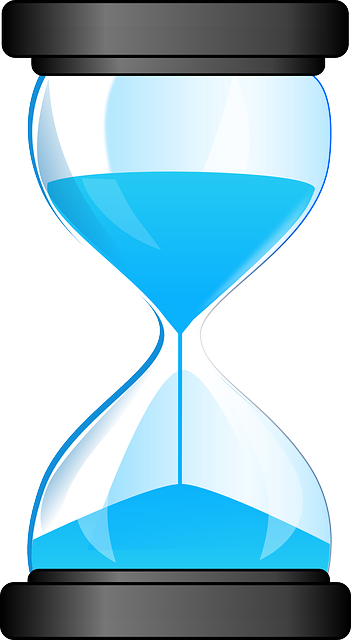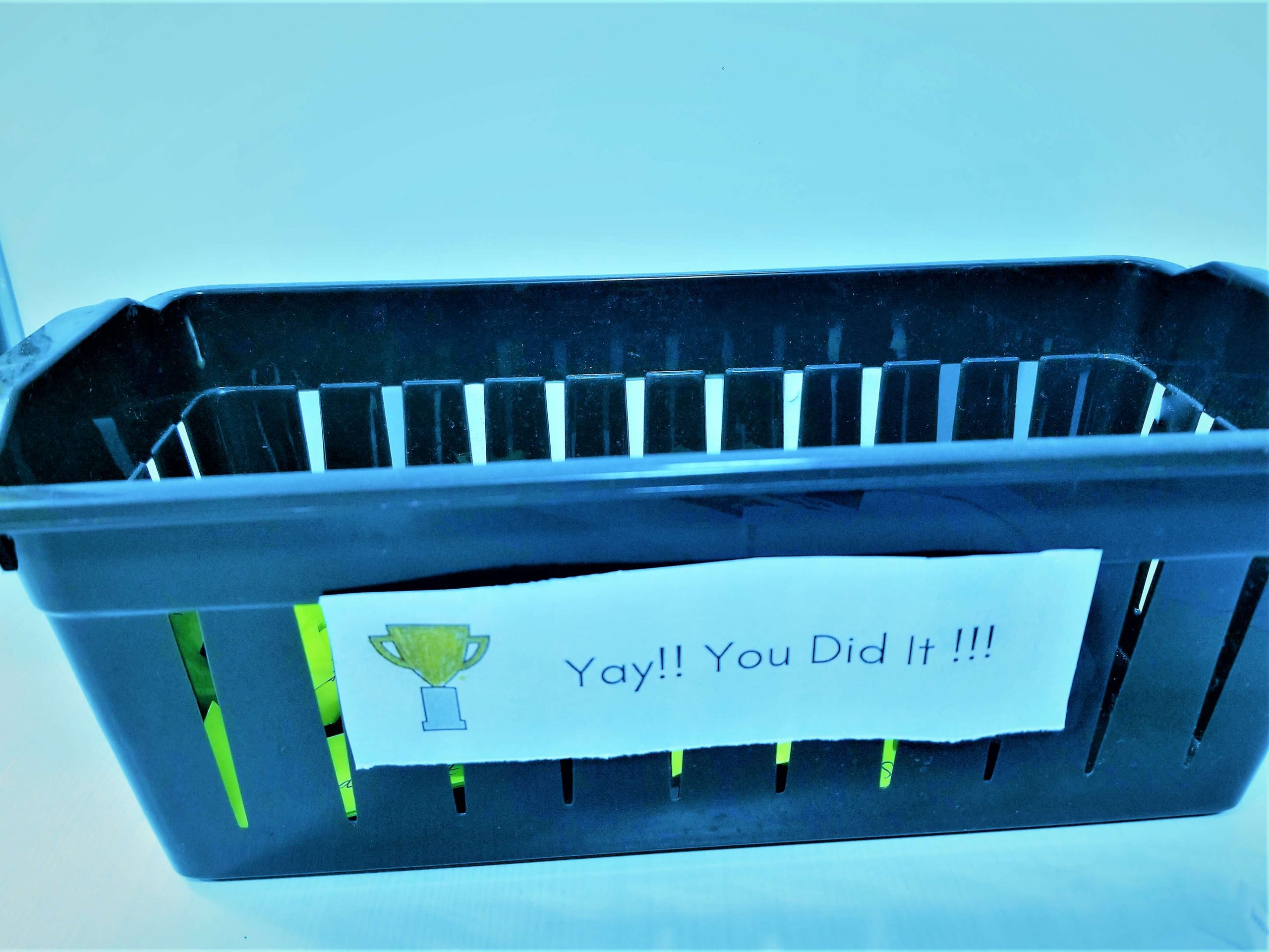Telling time is an important as well as a tricky skill for all children to learn. It involves the ability to plan and multitask and have an integral working memory. While neurotypical children tend to start learning how to tell time around the first or second grade, for children with disabilities, it may take a little longer.


The ability to read a clock impacts our life at home, at school, at work, and in social settings. Teaching children with disabilities to tell time is one of the important steps towards independence. It will help them with scheduling, task efficiency, budgeting time, and also prioritizing (what to do first, second etc.). As time is an ‘abstract’ notion, you must use different ways to make it more concrete, tangible and visual for children.
The Concept of Time
For a child to understand time concept, you can start by making them learn the follwing:
- The concept of past, present, and future.
- The language of time for time frames – before, after, next, later.
- The concept of the hours hand, minute hand, and the seconds hand in a clock through play.
- The concept of yesterday, today and tomorrow
- What a.m. and p. m. mean
- The sequence of the days and months. For example, October month is the 10th month.
Using Visual Supports
Here are some of the ideas that you can use to teach children to tell time:
Sand Timer –
Sand timers come in a variety of sizes and time durations like 1 minute, 3 minutes, and 5 minutes. These can be great to use for quick tasks like brushing teeth, putting on a coat, or putting something away. When the sand runs down to the other side, the child understands that time is up.


Visual Apps –
There are a number of timer apps now available with colorful interface including the Time Timer that helps children learn to understand the concept of time.
Visual Schedules –
A visual schedule is a great way to show the passage of time throughout the day. Build time into directions and schedules. For example, if bath time is at 8:00, set a timer for 20 minutes and tell the child “Bath-time is in 20 minutes.”
When a task/activity has passed, take it off the schedule and put it in an envelope, signalling that the time has passed and the task is over.
Done Baskets – When a task is completed, there should be a concrete place to put the item or finished task to let a person know it’s done.


Calendars – Calendars are a great way to break down the days, weeks and months. Some children tend to look at the calendar to understand when something exciting (like a picnic or a vacation) is coming up. They can count down how many days they are away from the event. Some children might prefer a daily desk calendar as it is easy to tear off a page a day to learn the concept of days.
Wait time – Make the child understand waiting time by either counting numbers/seconds or using visual support. This will help them to calm themselves when they have to wait for something.
Practice timing different events – Encourage children to observe how long it takes to complete activities such as making a sandwich, singing a favourite song, etc.
Play a game – Have the child estimate how long it will take to do a task and time it to see how long it actually takes.
Alarm – Set an alarm/ reminders to do things at particular times. Use customized alarm whicch can be audible ones or visual signals / reminders.
Avaz AAC in Learning to Tell Time
With a little bit of creativity, you can use Avaz AAC app in teaching children to tell time.
The above video shows how you can teach the concept of morning, evening, night visually using Avaz AAC app.
You can also make a DIY clock with paper plate and encourage the learner to tell time using their AAC systems.



